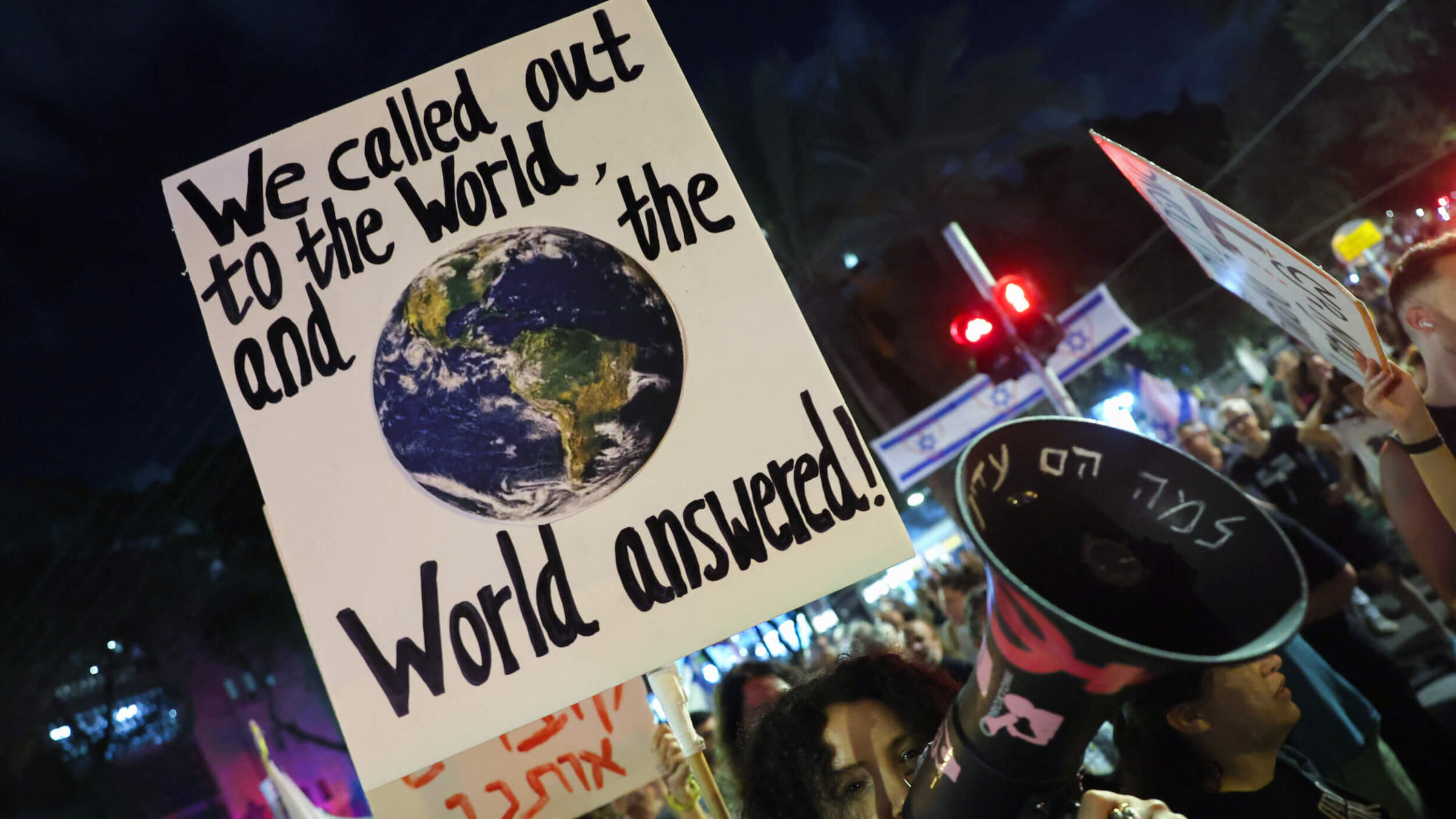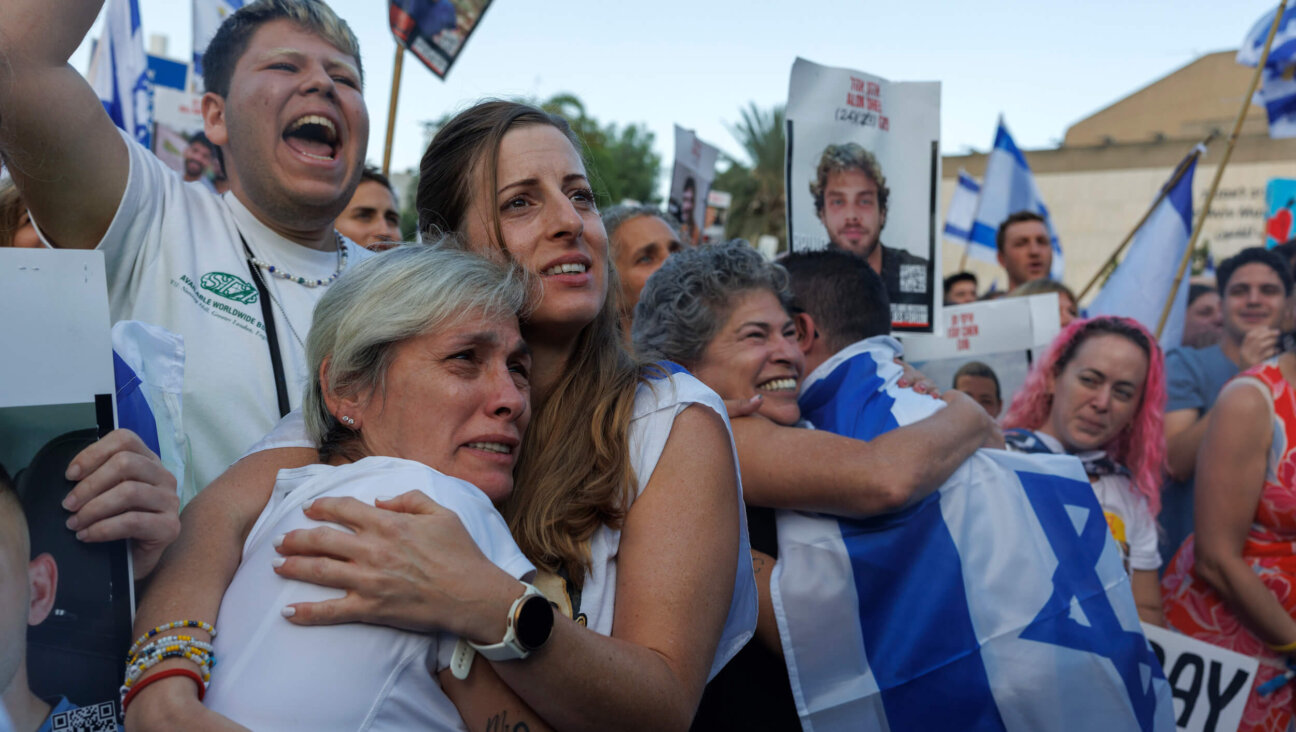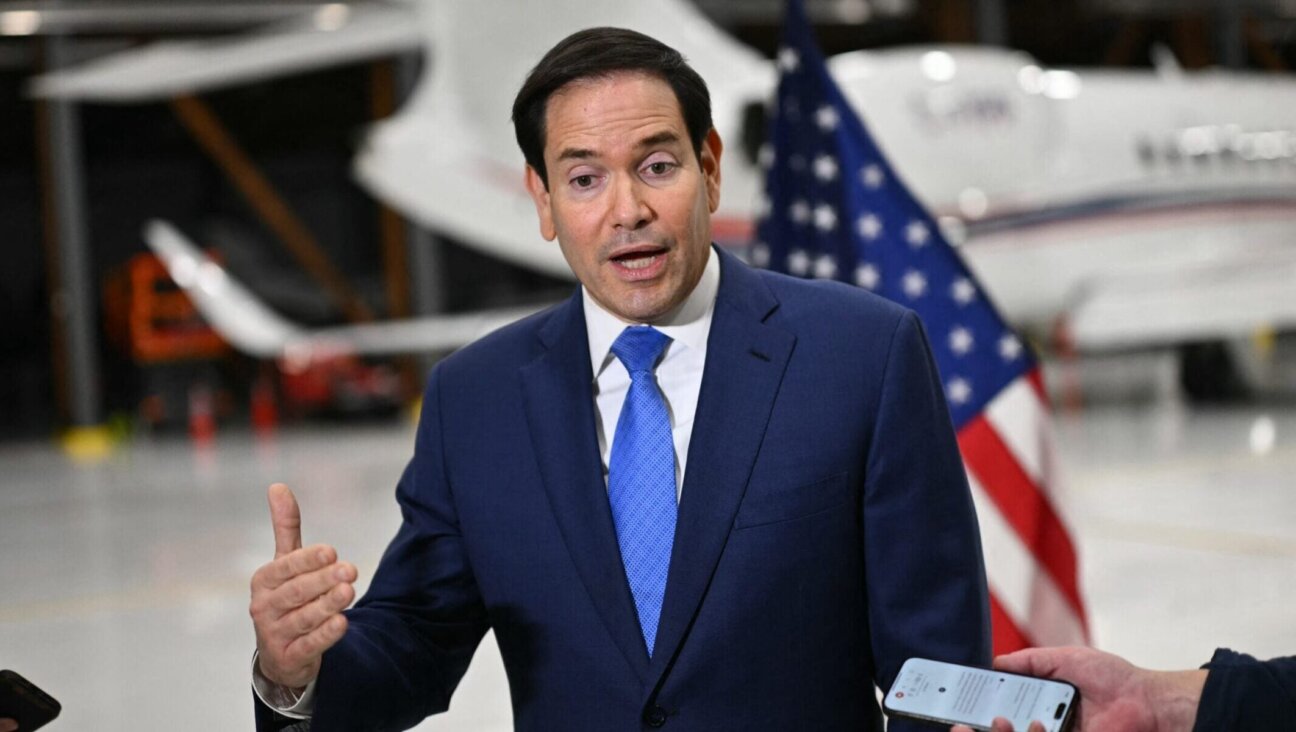Hamas made a remarkable offer — because Trump laid a remarkable trap
Is peace finally on the horizon?

Demonstrators lift placards during an anti-government protest calling for a ceasefire and the return of Israelis held hostage in Gaza, in front of the Likud party building in Tel Aviv on Sept. 30. Photo by Jack Guez/AFP/Getty Images
For the first time in the Gaza war, Hamas has indicated that it is willing to engage in a discussion about ending the conflict broadly on Israel’s terms.
That is a remarkable shift in a saga that has offered little but stalemate and carnage.
The group’s latest statement conditionally agrees to release all 48 remaining hostages — living and dead — within days. True, they added vague caveats about “field conditions,” and pushed back against President Donald Trump’s insistence on their absolute agreement with his proposed peace plan by Sunday. But Hamas has crossed a threshold by accepting the principle of release.
The group is almost certainly aiming to trade flexibility on the hostages for easing of the hardest clause in Trump’s peace framework: the requirement that it disarm and lay down its weapons. Disarmament would mark the end of Hamas as a militia and as a meaningful force in the region. They are desperate to avoid it.
The problem for Hamas is that the leverage is no longer theirs.
The surprise variable is Qatar, Hamas’ erstwhile patron. Trump’s recent executive order extended NATO-style protections to the tiny emirate: The United States now pledges to treat any attack on Qatari territory or infrastructure as an attack on itself. In practice, that means that if Israel again targeted Hamas leaders in Doha, it would, absurdly, be at war with the U.S.
No Arab state has ever received such a guarantee. For Doha, which hosts Hamas’ exiled leadership while also playing host to the vast U.S. Al Udeid Air Base, it is a dream come true. For Hamas, it is a nightmare: Their patron is now under immense pressure to demonstrate that it can rein in the very group it once indulged.
This puts Hamas in an impossible bind.
It knows that the Arab League has lined up behind Trump’s framework, that Israel has accepted it, and that the Americans are all in. For Hamas to reject the deal outright would expose the group as suicidal, willing to fight on alone while civilian Palestinians in Gaza are crushed.
Yet for Hamas to accept the deal would be for it to surrender its identity. That is why the language of its statement is so tortured: yes to the hostages, but not so fast; yes to transferring governance, but only through “national consensus”; yes to handing over weapons, but on terms not yet defined. It is the vocabulary of a cornered movement.
Trump, unsurprisingly, claimed victory. He hailed Hamas’ response as proof they were “ready for lasting peace,” and urged Israel to stop bombing immediately to allow the hostages’ safe release. Yet the truth is that Hamas is blinking, but not yet broken. Its strategy is to dangle the hostages, extract concessions on disarmament, and emerge with some vestige of power intact.
The question is whether the combined weight of the U.S., Israel and the Arab world will let it.
U.S. leverage has changed the region’s trajectory before. When former President Dwight Eisenhower forced Israel, Britain and France out of Sinai in 1956, he made clear that even allies have limits. When former President Jimmy Carter brokered the Camp David Accords in 1978, he incentivized peace with lavish subsidies. Trump’s move with Qatar fits this tradition, but with a twist: He has extended sweeping guarantees by executive order alone, bypassing Congress. It is foreign policy as presidential fiat, a gamble resting on one man’s instincts.
How good, in this situation, are those instincts?
For Israelis, the deal is tolerable precisely because it aligns with their goals. The hostages would return quickly, while the IDF’s withdrawal from Gaza would be conditioned on Hamas’ disarmament, leaving Jerusalem in control of the timetable. Gaza would be managed by technocrats reporting to an international board, with the Palestinian Authority’s eventual return left deliberately vague.
For ordinary Israelis, the plan promises closure after catastrophe. Even Prime Minister Benjamin Netanyahu, bruised and cornered, can sell it — perhaps even turning it into an electoral lifeline ahead of the 2026 election, especially if it hastens the prospect of normalization with Saudi Arabia.
For Gazans, the deal offers the first real prospect of change in two decades. Billions in reconstruction aid, international attention, and a path away from jihadist rule could transform lives. If Hamas rejects the proposal, they will condemn Gaza to further annihilation and isolation. Most Gazans surely know this.
Of course, Hamas might still somehow refuse. If it does, the likely consequence is that Israel will push forward with its war plan. That would almost certainly mean the installation of a military administration to govern more than 2 million Palestinians, an arrangement bound to trigger a prolonged insurgency. The human and financial toll would be immense.
For Israel, a long-term Gaza occupation would deepen its diplomatic isolation, drain its economy, and force unprecedented reliance on reservists — a burden that could rend the fabric of Israeli society. The sheer costs of administering and policing Gaza would consume national resources on a scale unseen in decades.
That scenario is so damaging for Israel — miring it in an unwinnable occupation, bleeding its legitimacy and dividing its people — that some argue Hamas wants it, regardless of the cost to Palestinians.
What Hamas must decide is whether to cling to its arsenal, and its dreams of destroying Israel, at the price of obliteration. Its instinct, as its reaction to Trump’s proposal showed, will be to maneuver, delay and bargain. But with Qatar’s status bound to the U.S., the Arab League unified, and Trump promising “hell like no one has ever seen” if the deal is refused, the net is tightening.

















